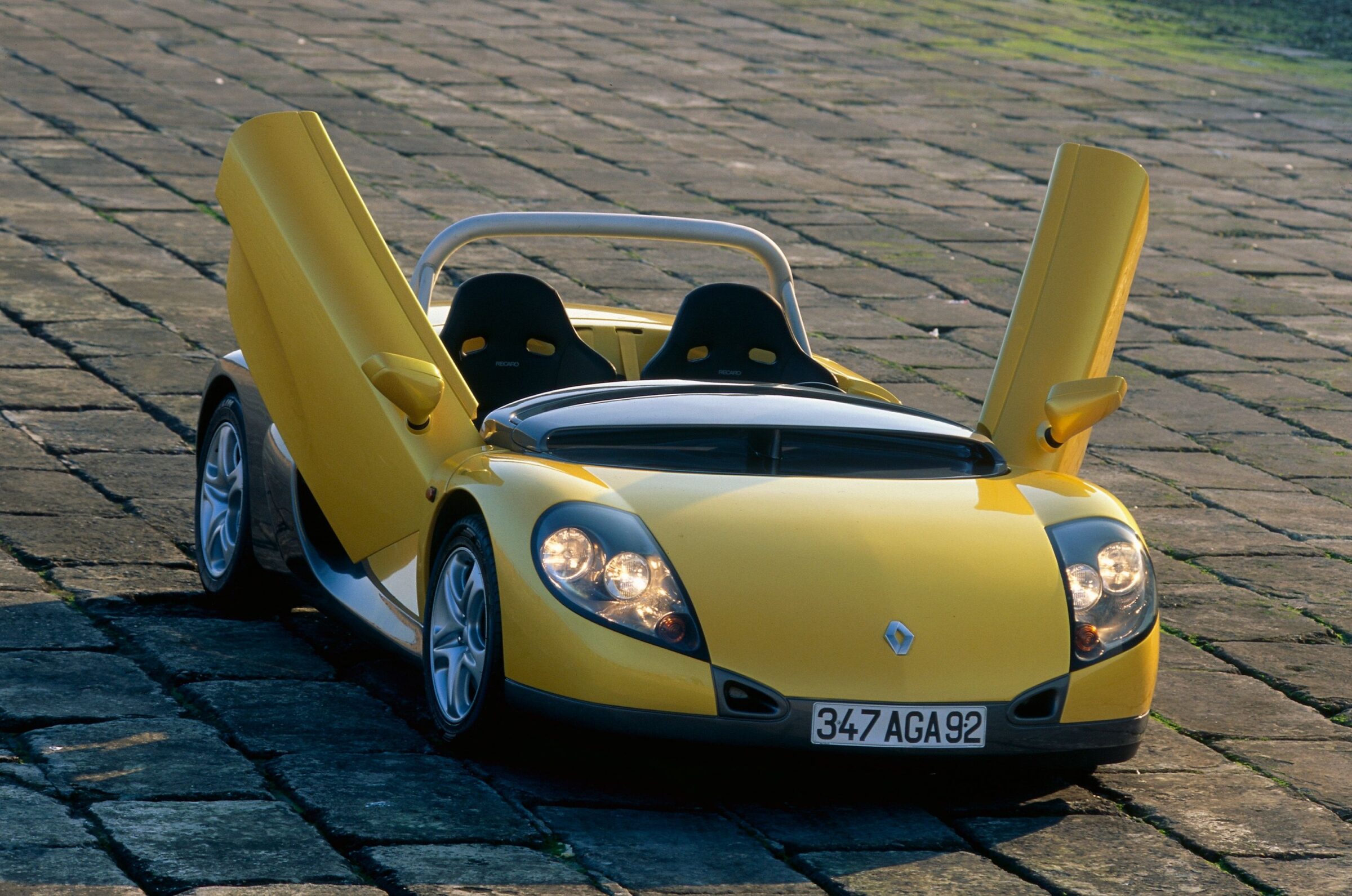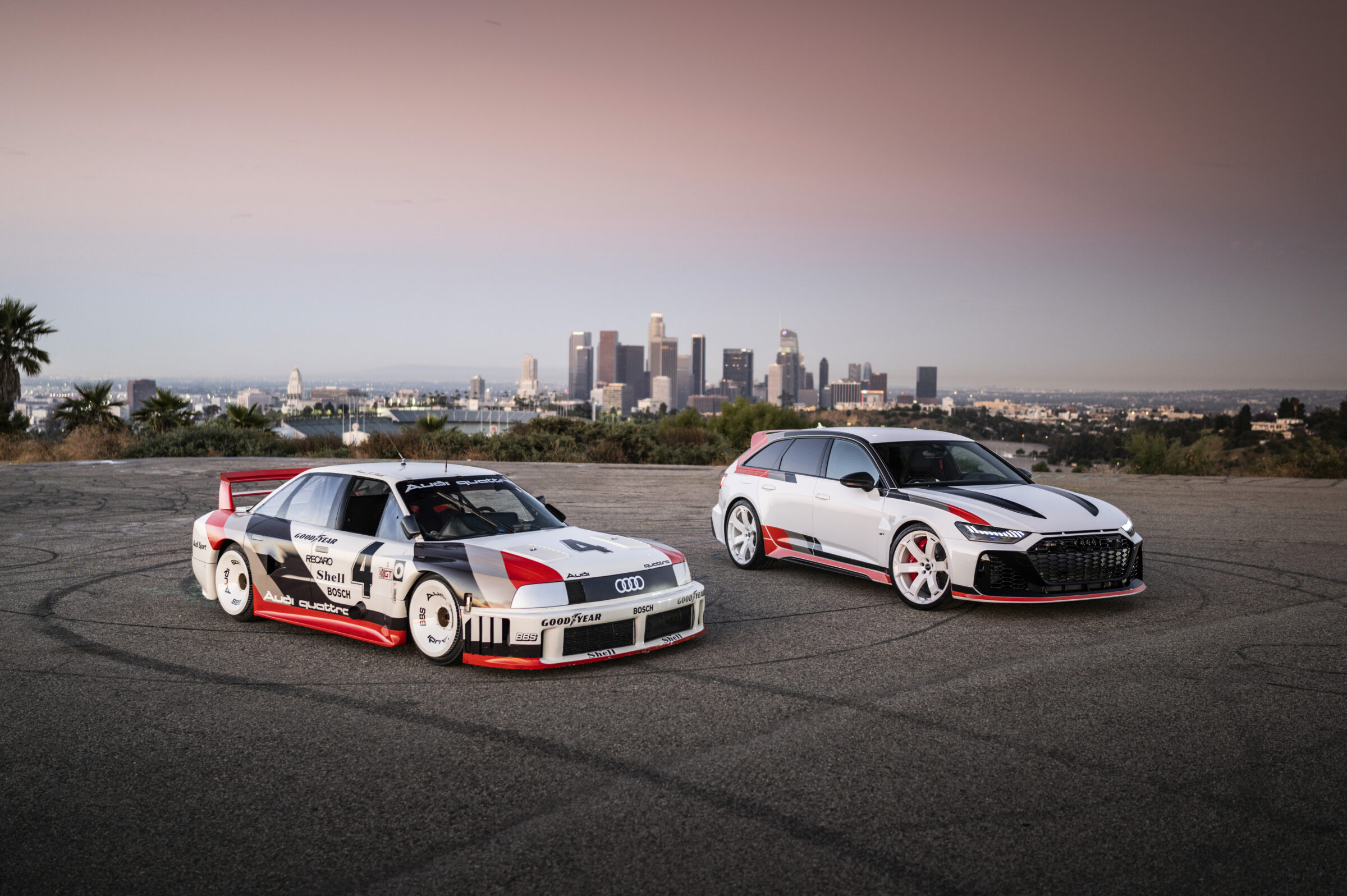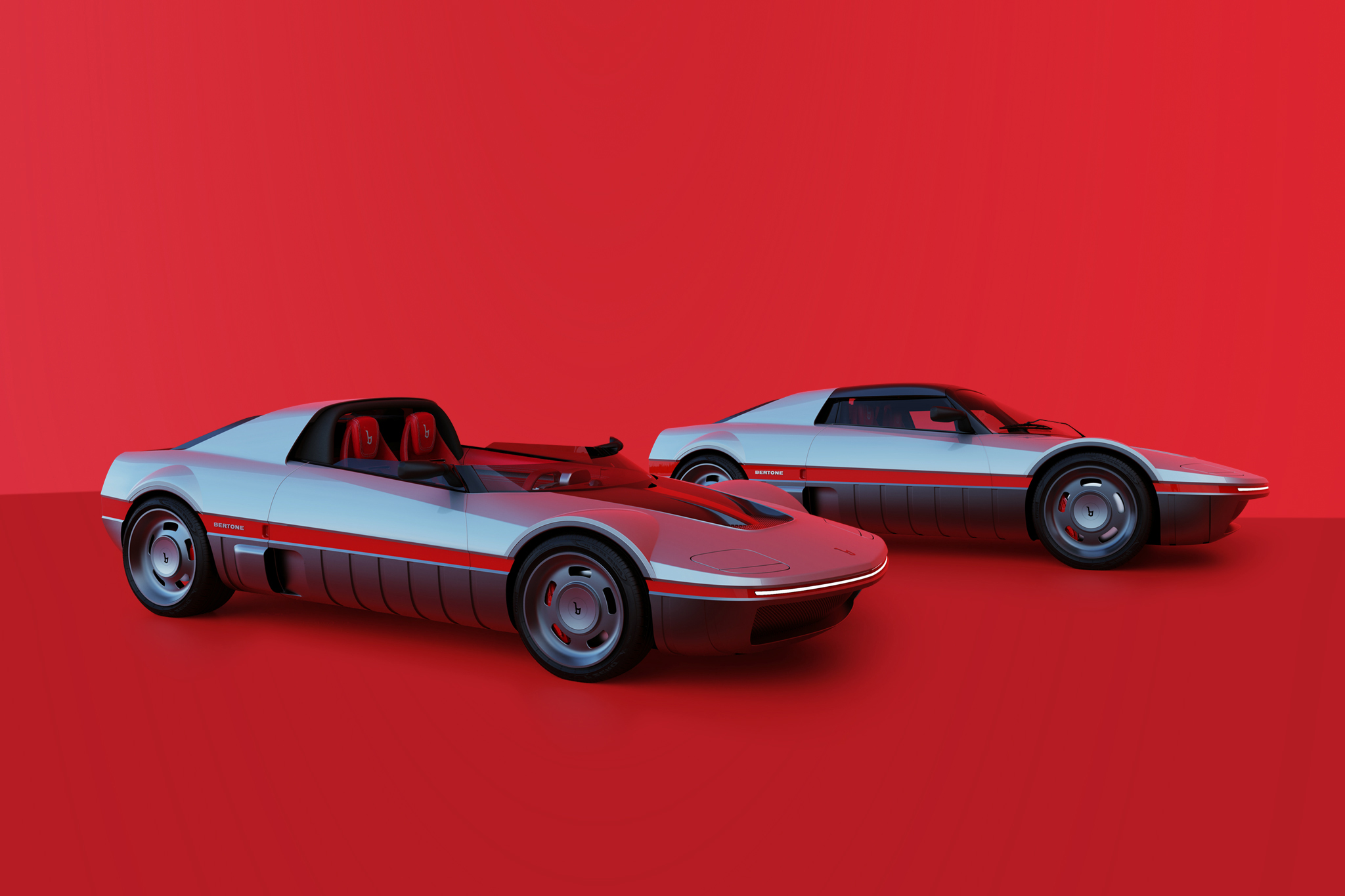BMW 1600 GT
It is rare that we have to look at another brand first when considering a classic car from BMW. Actually, we are used to the Munich based company developing their models independently and at most involving Alpina. The 1600 GT, however, is one of those rare special cases in the brand’s history. It began its short production run as the Glas 1300 GT, was further developed into the Glas 1700 GT and was then allowed to roll off the production line for another two years with a BMW kidney grille. Today, the Glas brand is almost forgotten. Even the cuddle little bubble car, the Goggomobil, with which car production in Dingolfing had begun, is assumed by many to be an independent vehicle. Company boss Andreas Glas had taken over his family’s agricultural machinery factory, founded in 1883, after World War 2 and refocused it on scooters. This was his response to the high demand for mobility in Germany.
From the Goggo-Roller to sport coupés
After the Goggo-Roller (scooter) had become the four-wheeled Goggomobil, Hans Glas GmbH also ventured into full-fledged automobiles. The increasing prosperity due to the economic miracle ensured that the small microcars found less and less sales. Therefore, in 1958 the “big Goggomobil” appeared as the Glas Isar with a 600 cc two-cylinder four-stroke boxer engine and 30 hp. Three years later, a compact coupé with a newly developed four-cylinder engine appeared in the form of the 1004. The 1204 two-door sedan and the 1304 followed on the same basis, as did shooting brake and convertible variants. In 1963, the 1300 GT made its debut as a sports coupé at the Frankfurt Motor Show (IAA). Like the 1700 sedan, it was designed by Frua in Italy. Actually the design should have gone to Borgward, in order to dress the successor of the Hansa 1100. After the insolvency of the brand from Bremen, Frua was happy to find another buyer.
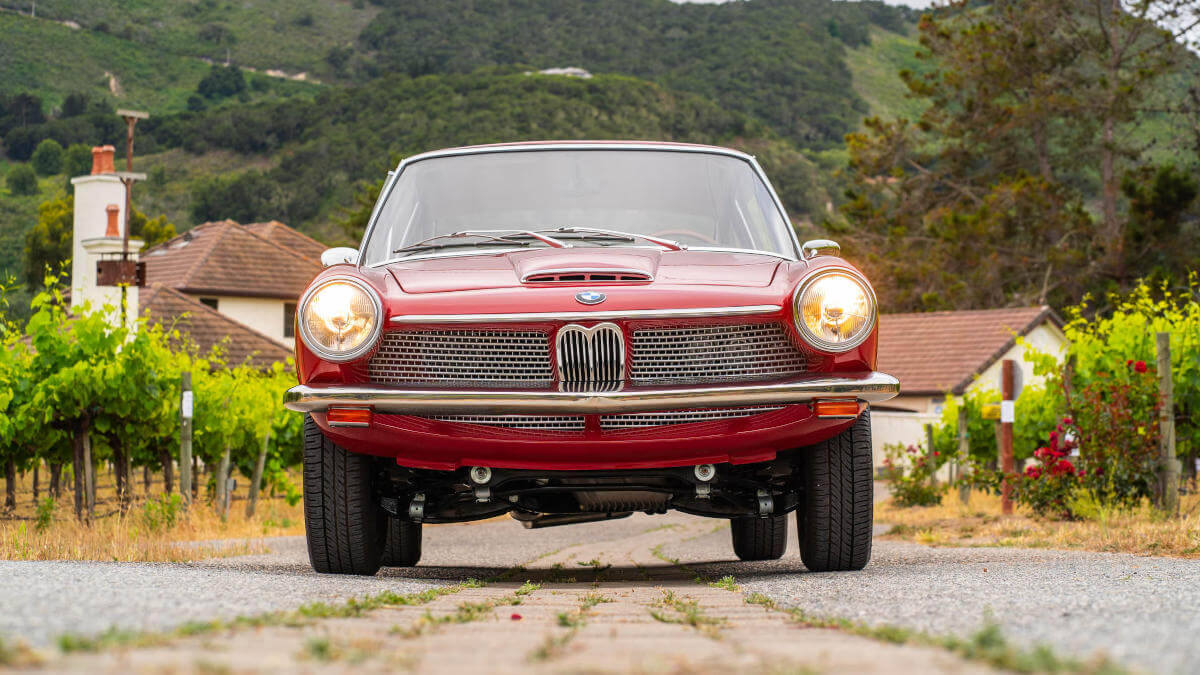



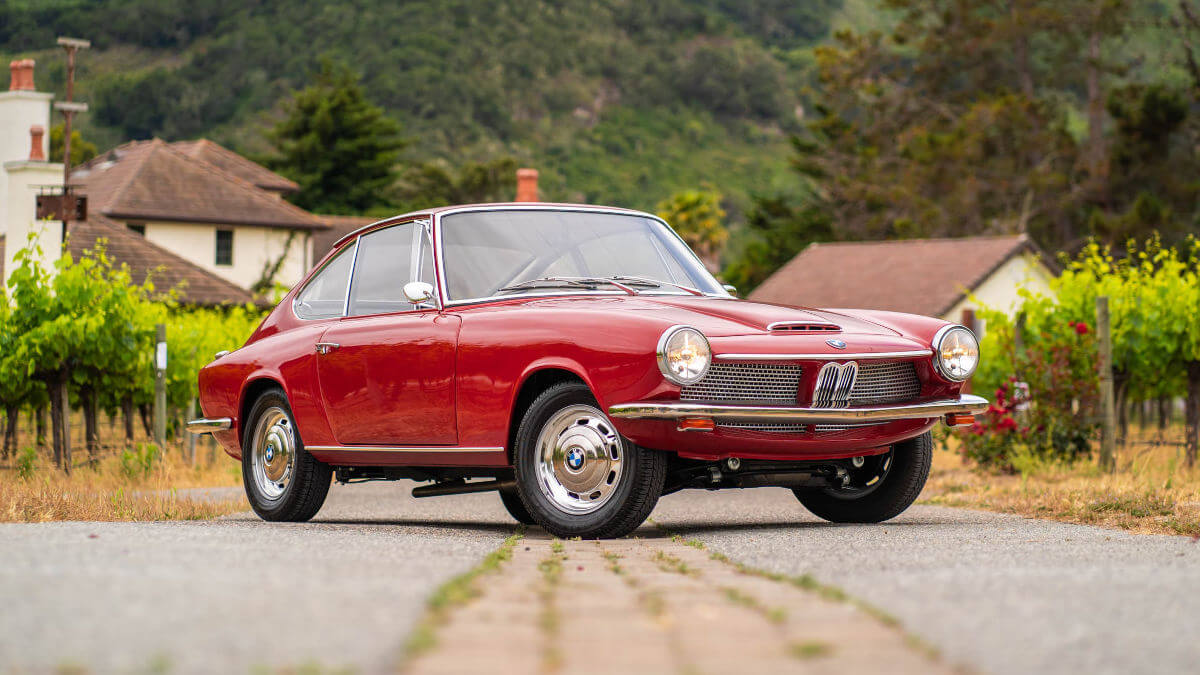

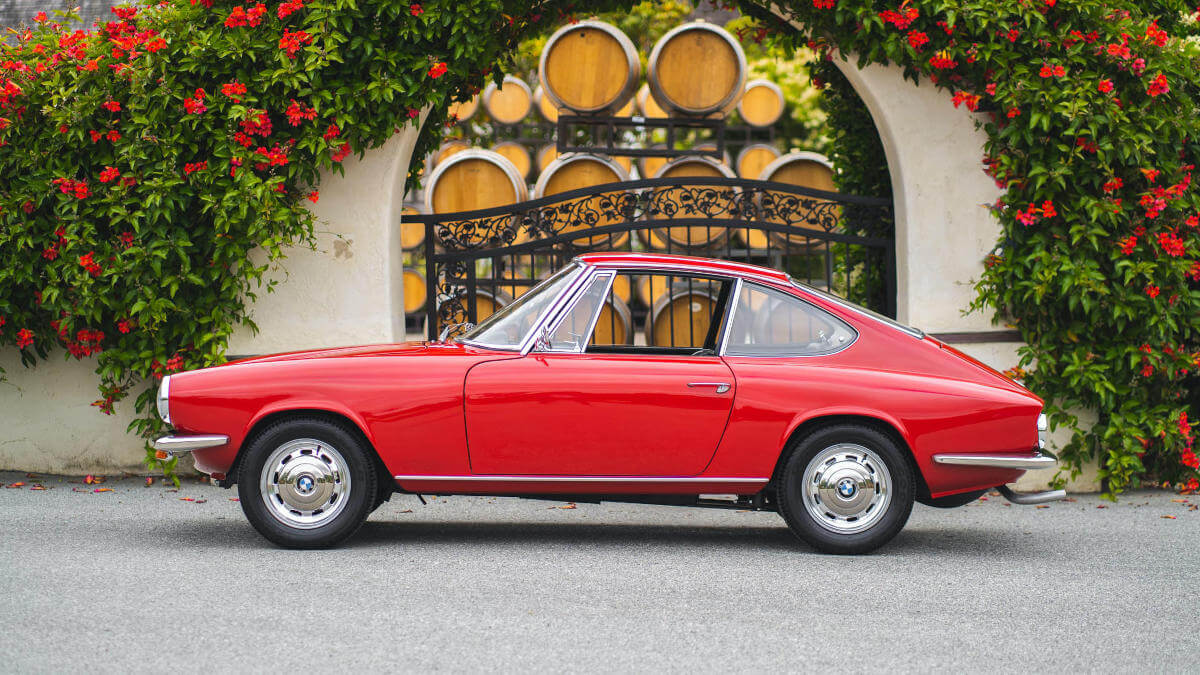

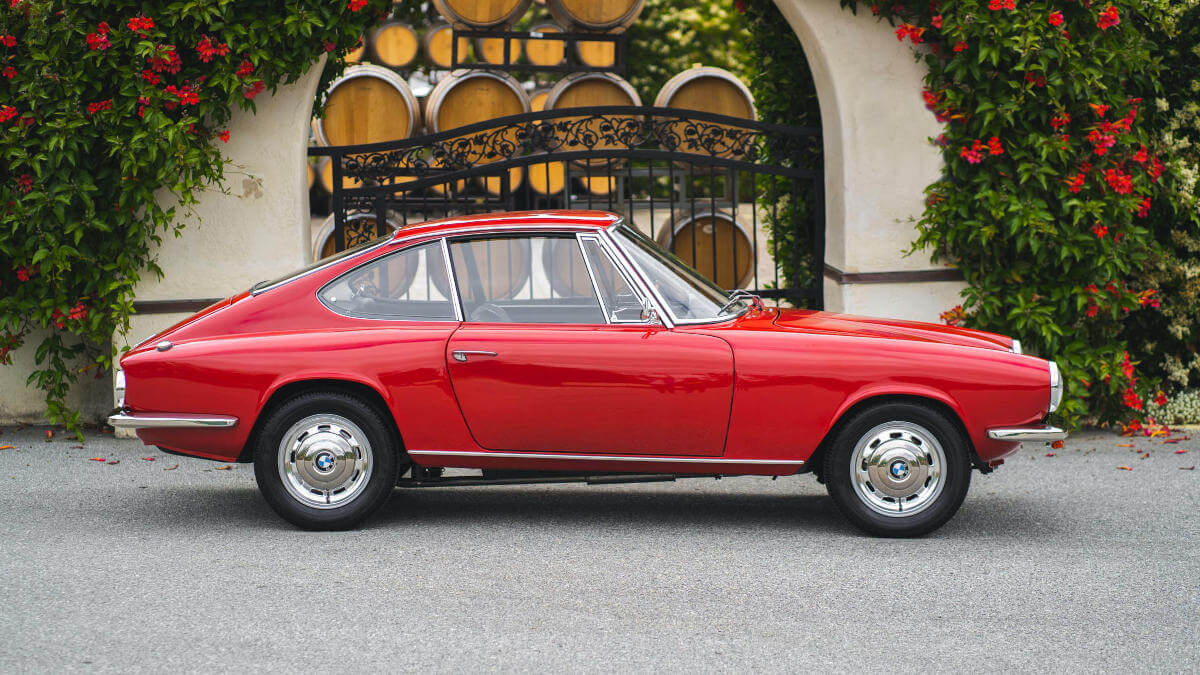

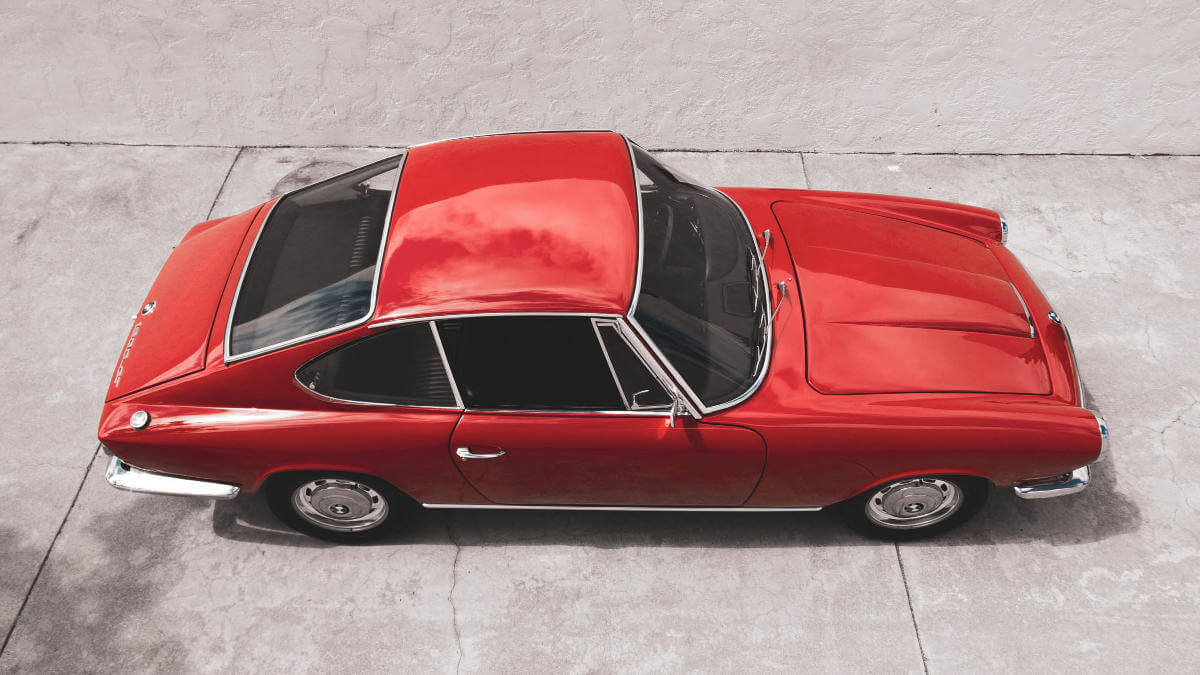

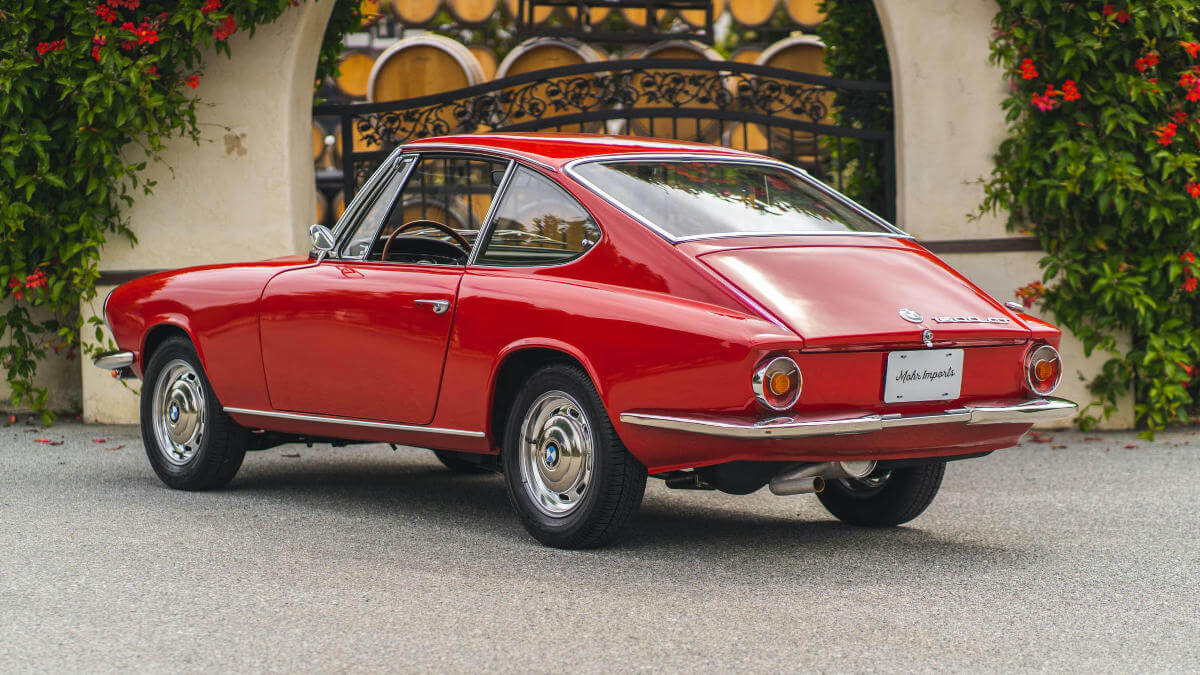

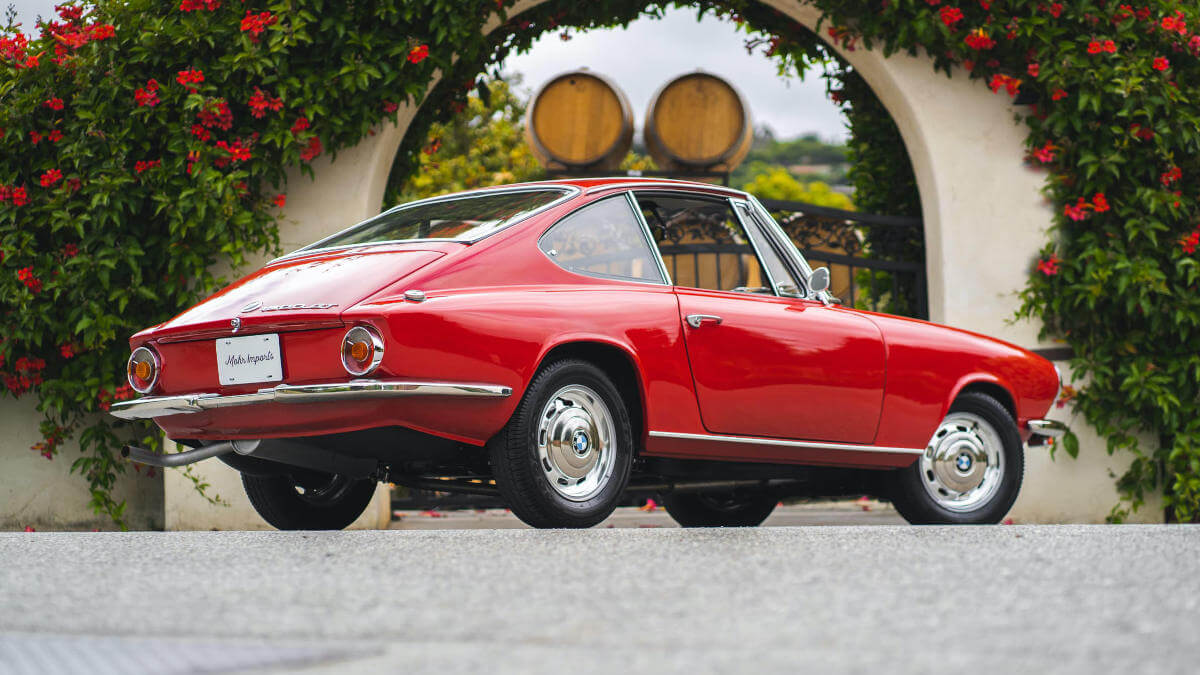

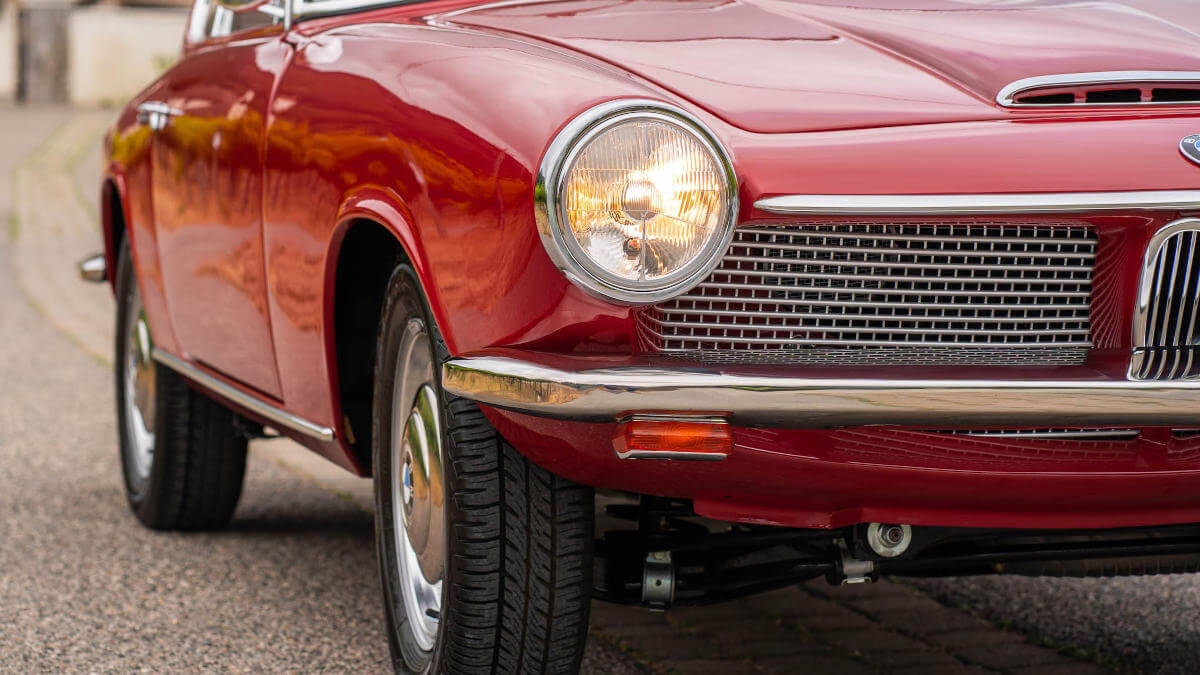

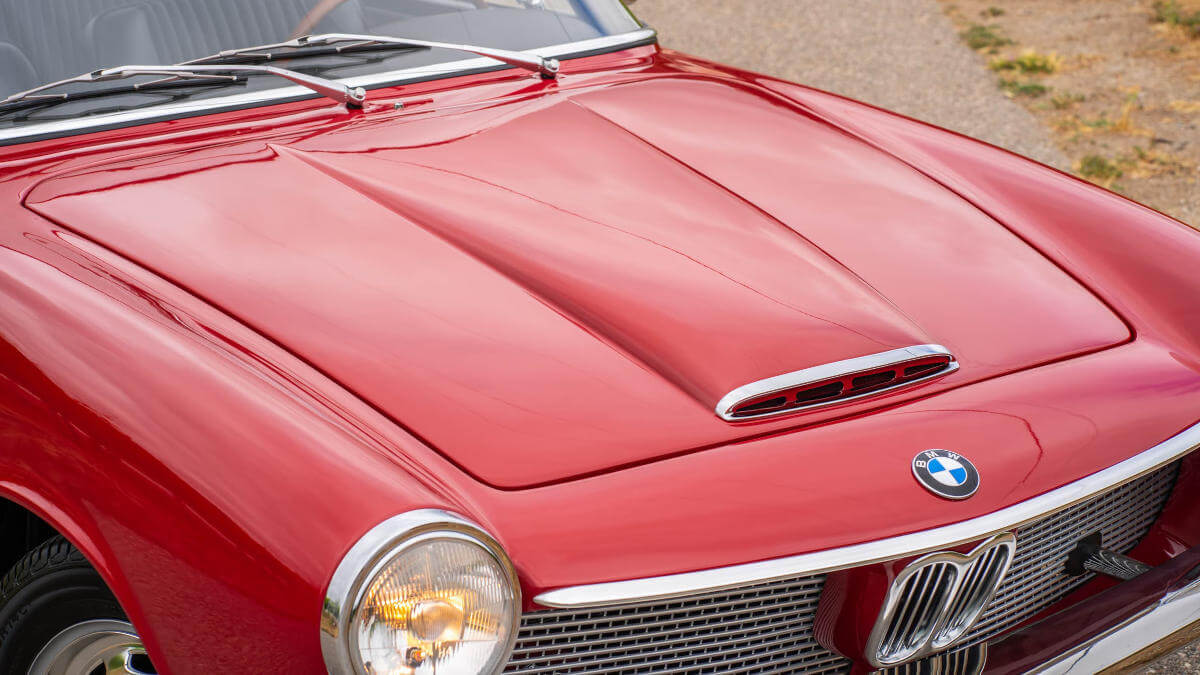

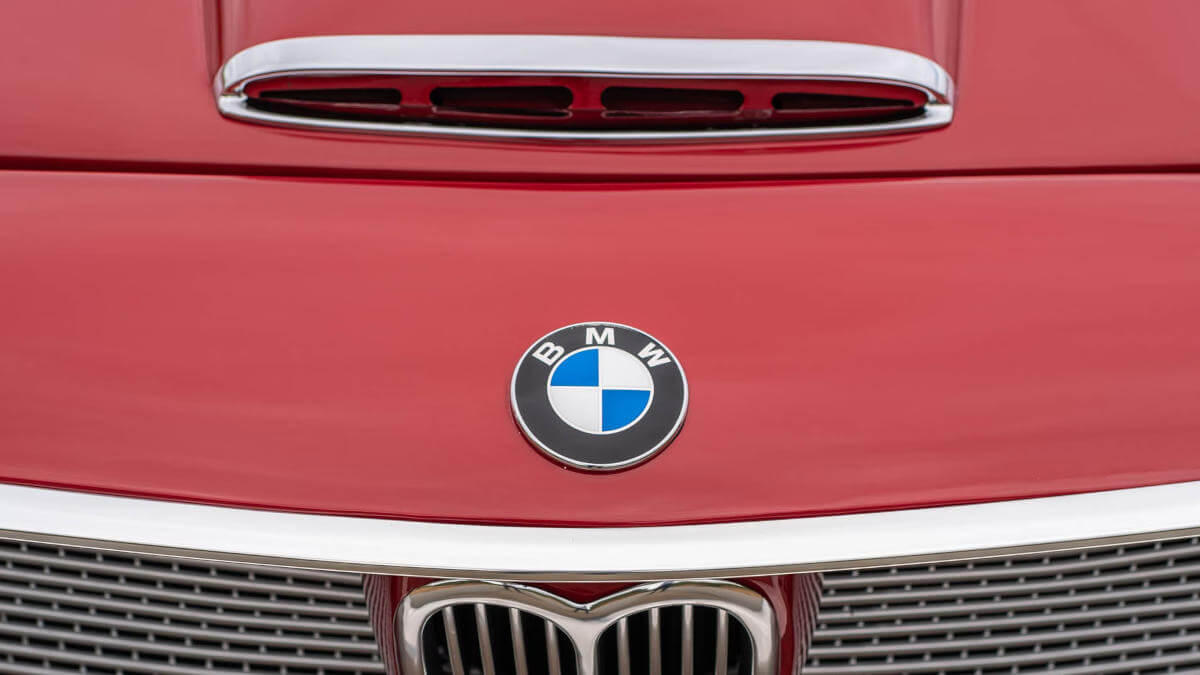



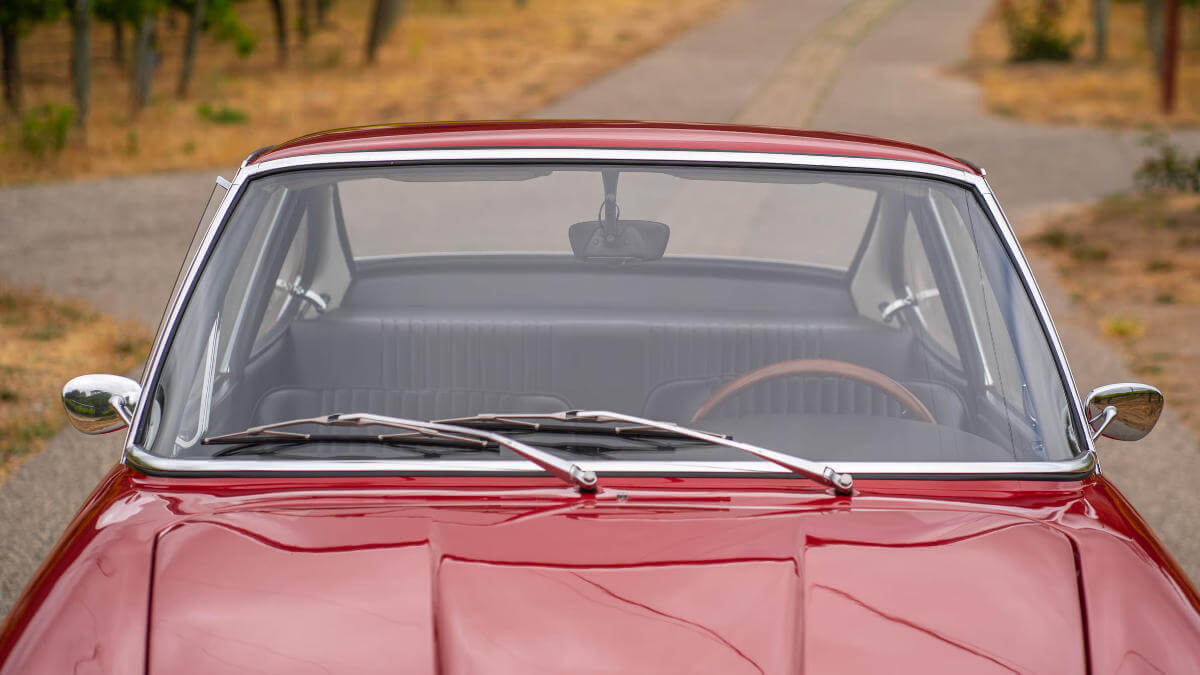

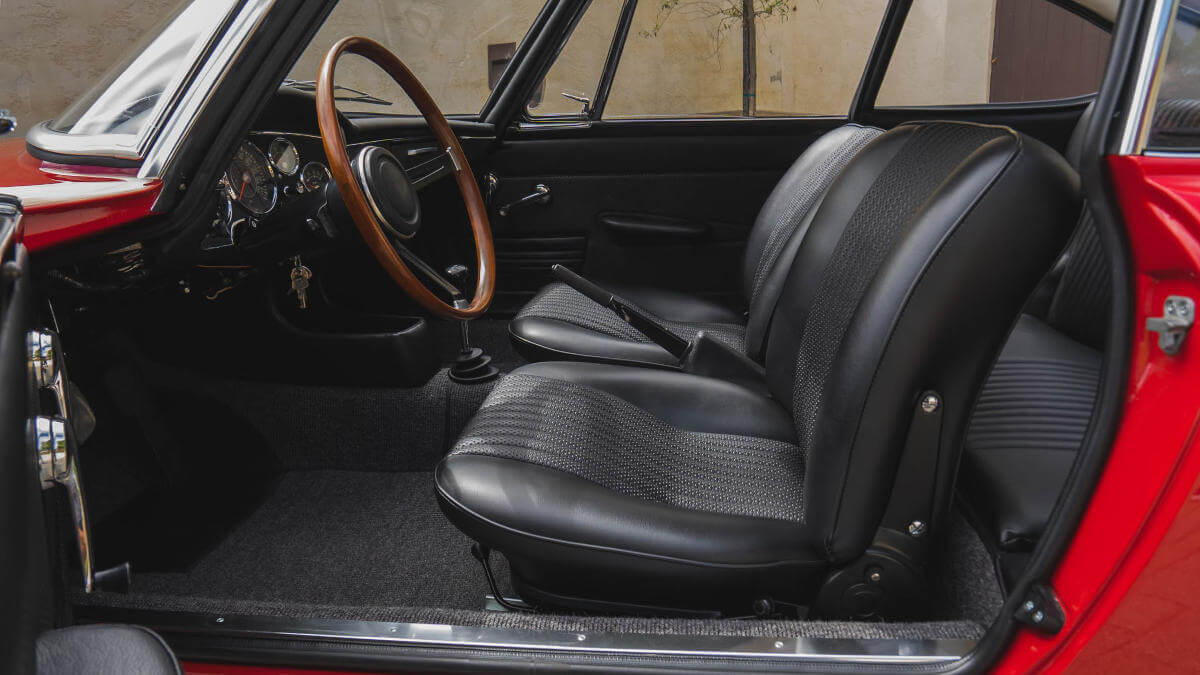

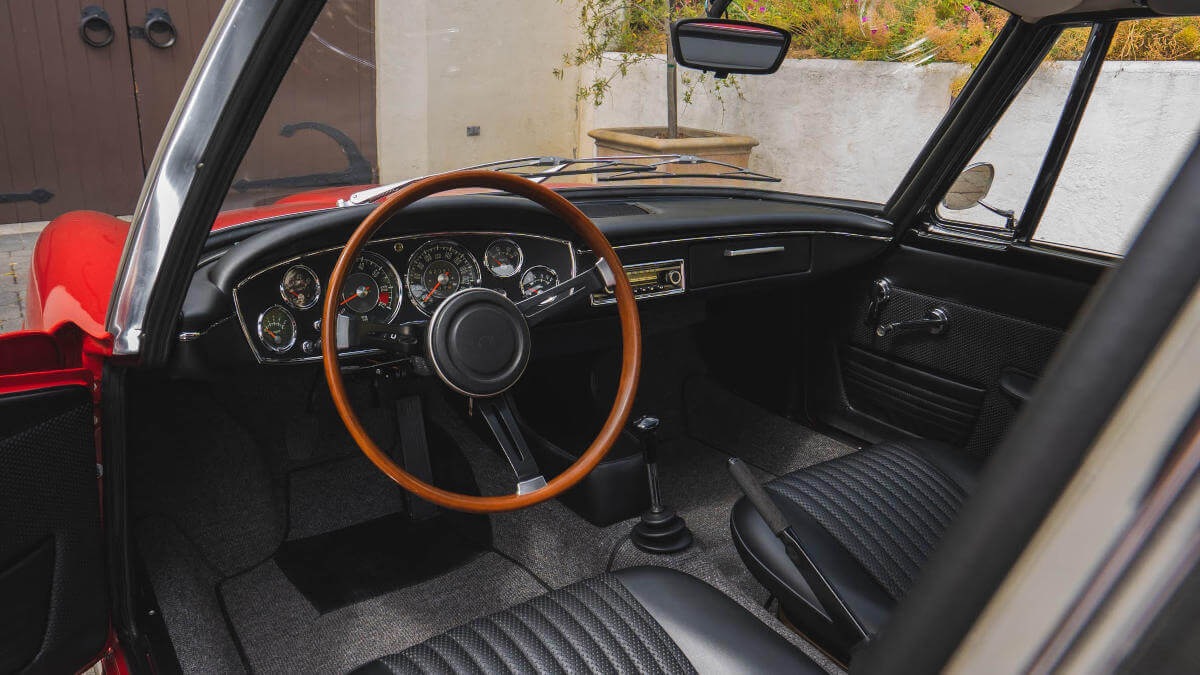

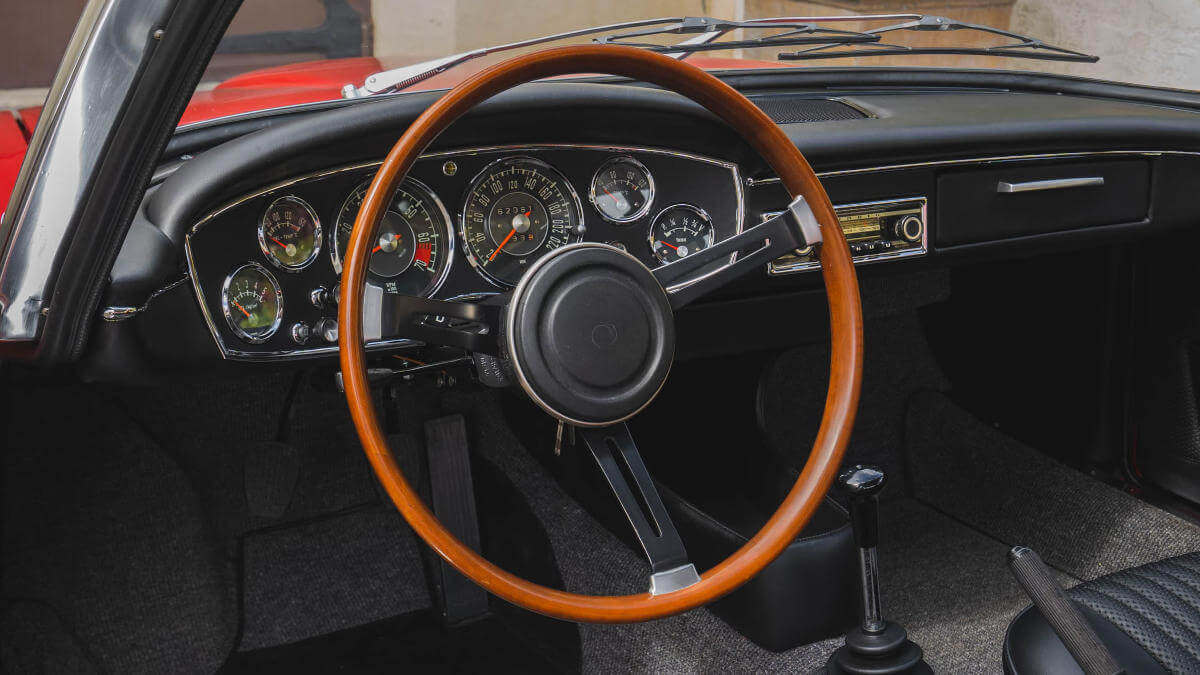

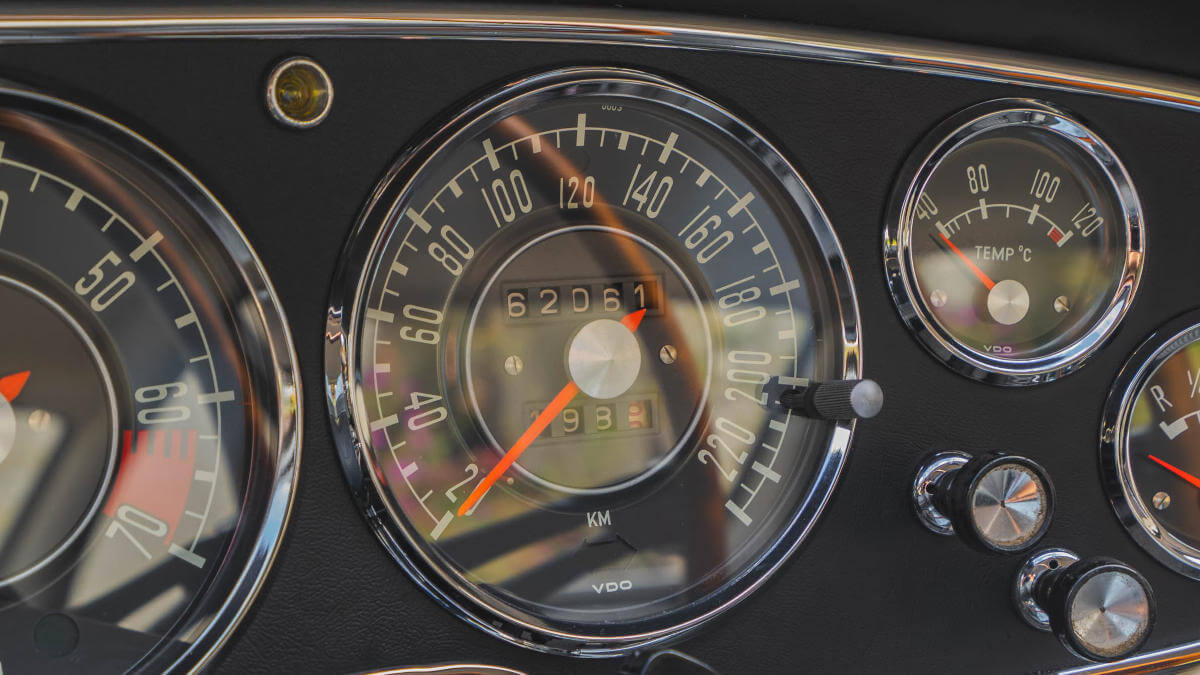

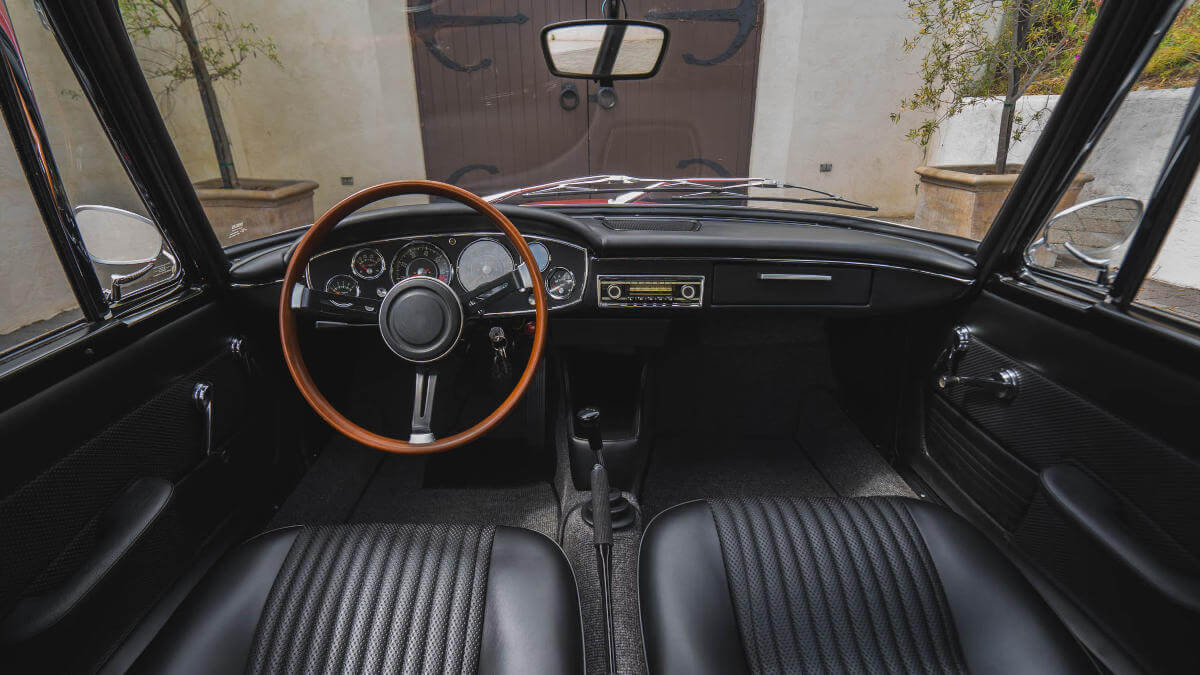

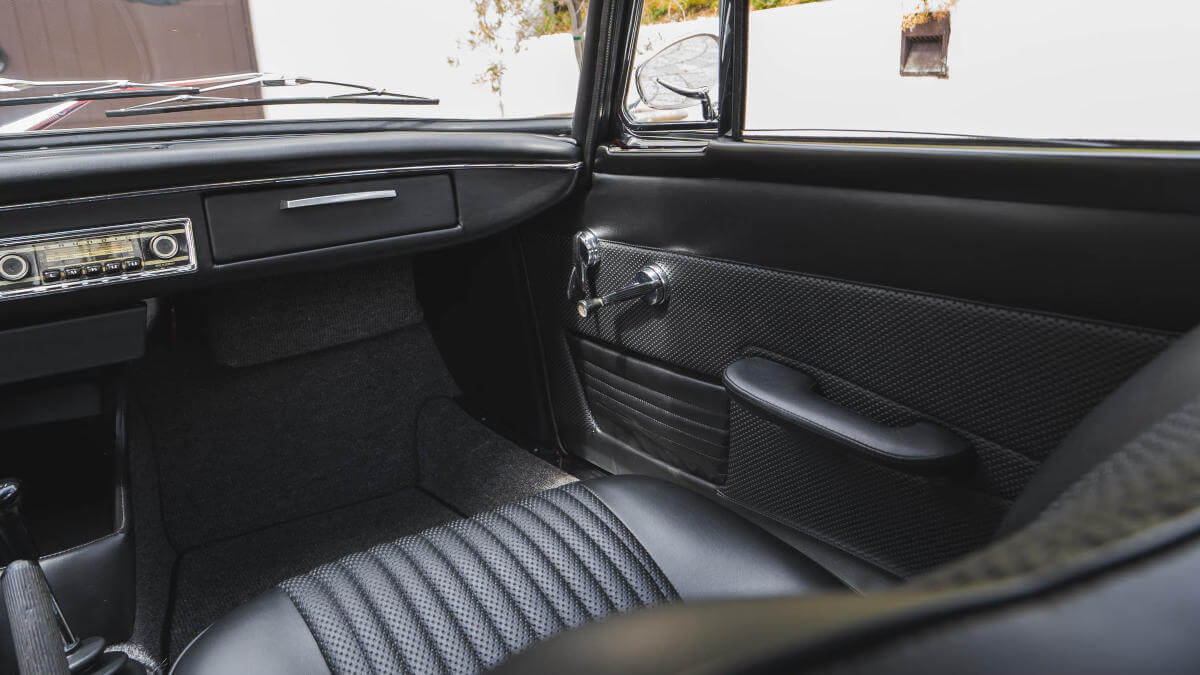

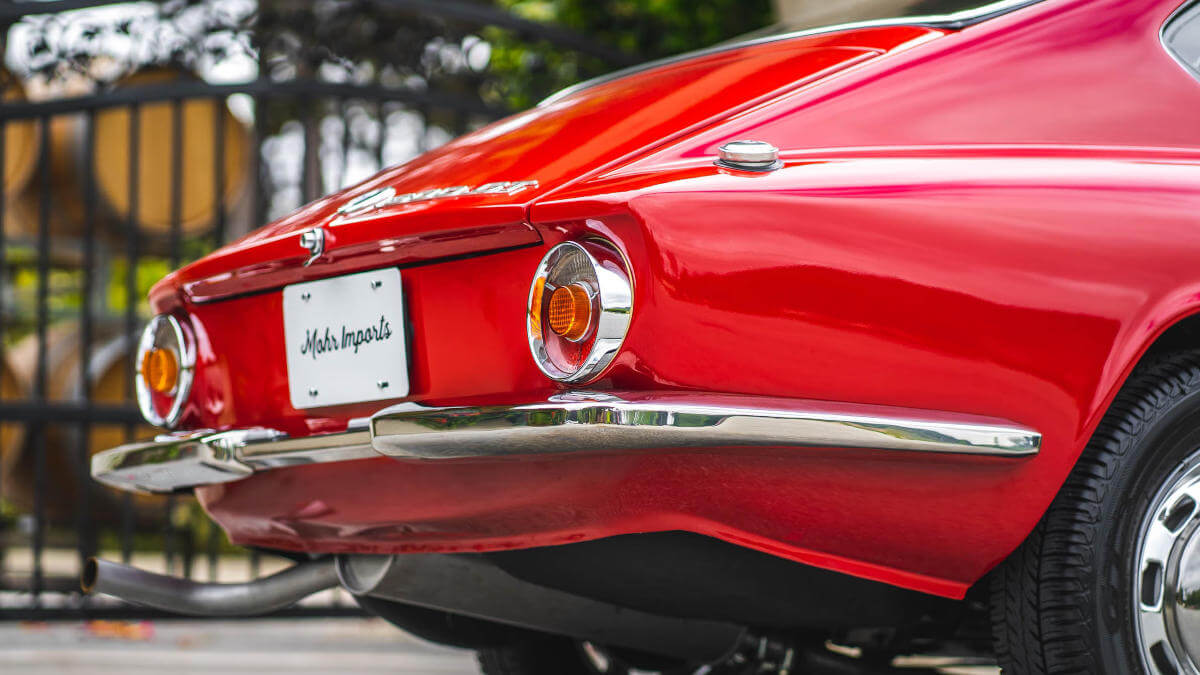

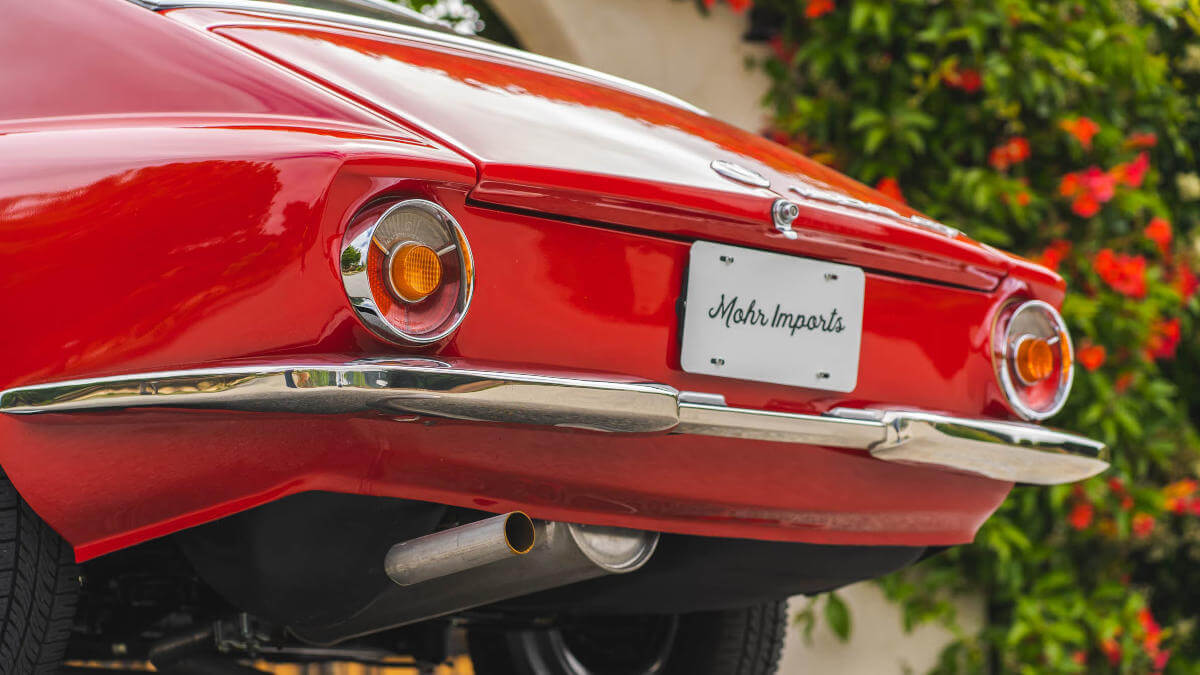

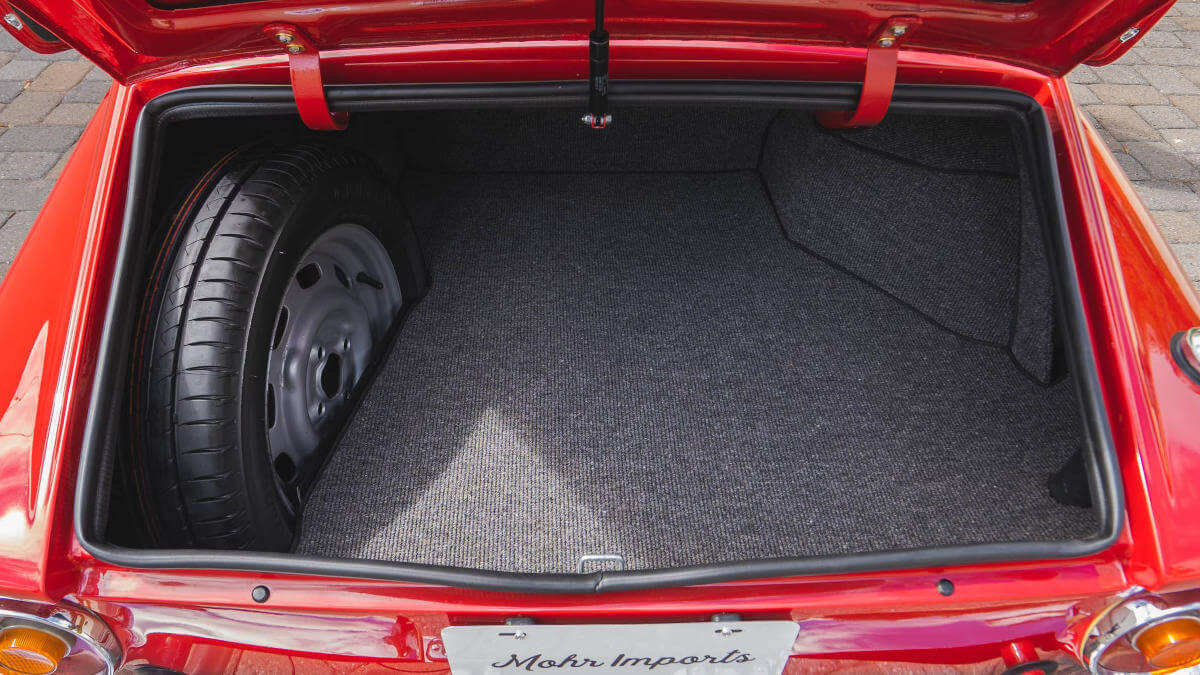

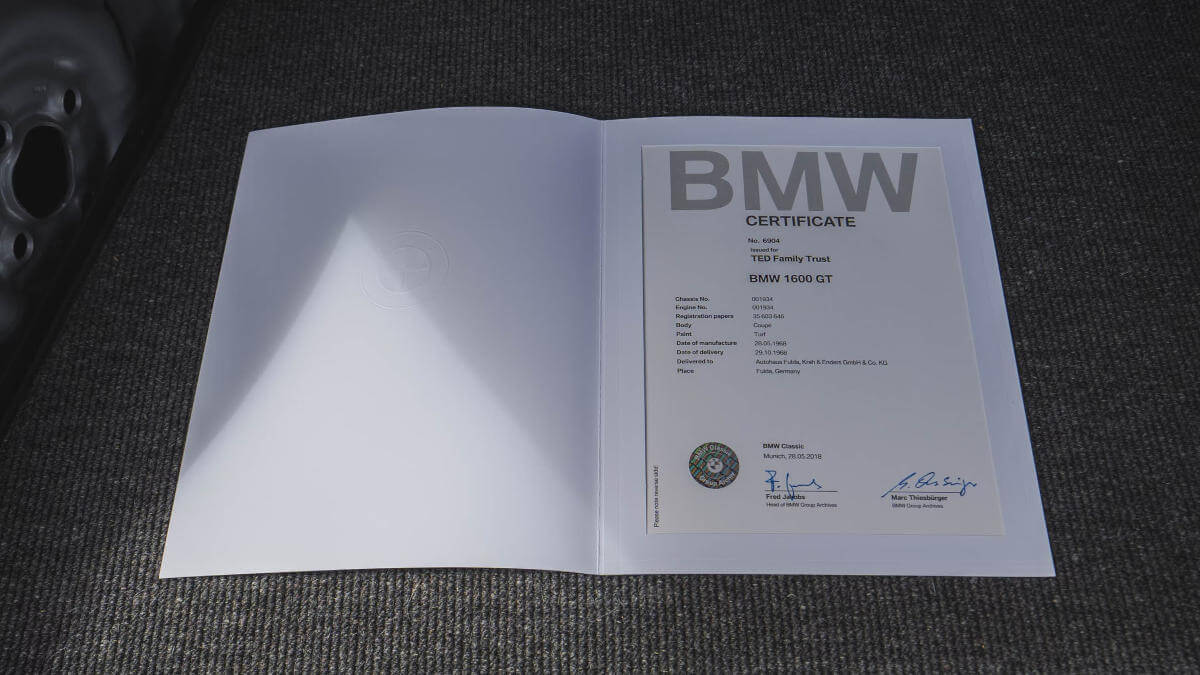

Without reputation, but with 100 hp
The necessary reputation was lacking for the price regions in which Glas now wanted to cavort. The competitors in the coupé class had been on the market for many years and were well known to customers, while at the same time the small brand from Dingolfing was still remembered by many from the Goggomobil. The market launch of the 1300 GT in March 1964 was correspondingly slow. The bodyshells came from Maggiora in Italy and were assembled into finished cars in Dingolfing. Initially, a 1.3-liter four-cylinder engine with 55 kW/75 hp provided propulsion. In September 1965, output was increased to 62.5 kW/85 hp and the 1700 GT with 74 kW/100 hp was introduced in parallel. In addition to the coupé, a convertible was also available from July 1964, later with both engine variants. Although Glas also tackled the US market with the 1700 GT, sales figures fell short of expectations.
BMW took over Glas in 1966
In November 1966, BMW took over Hans Glas GmbH, which had maneuvered itself financial difficulties with its model range, which by now also included a V8 coupé. From September 1967, the BMW 1600 GT was produced in place of the Glas 1300 GT and 1700 GT. In direct comparison, the modified radiator grille with BMW-typical kidney design and the round taillights from the 02 caught the eye. Under the sheet metal they changed to engine and rear axle from the 1600 TI. This provided 77 kW/105 hp. A convertible version was considered, but only two prototypes were built. In total, only 6,827 units of the 1300 GT, 1700 GT and 1600 GT in both body variants were produced until the end of 1968. A coupé from the final year of production is currently up for auction at the online auction house Collecting Cars. After first delivery in Germany and a refresh in the Netherlands in 2019, this car is now located in the USA.
Images: Collecting Cars, Mohr Imports


